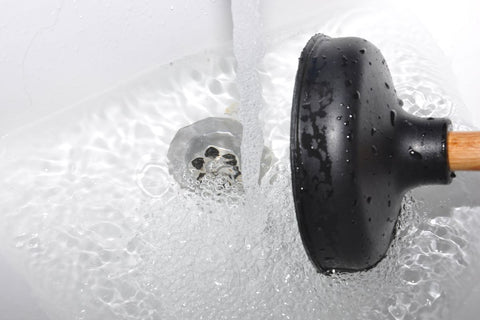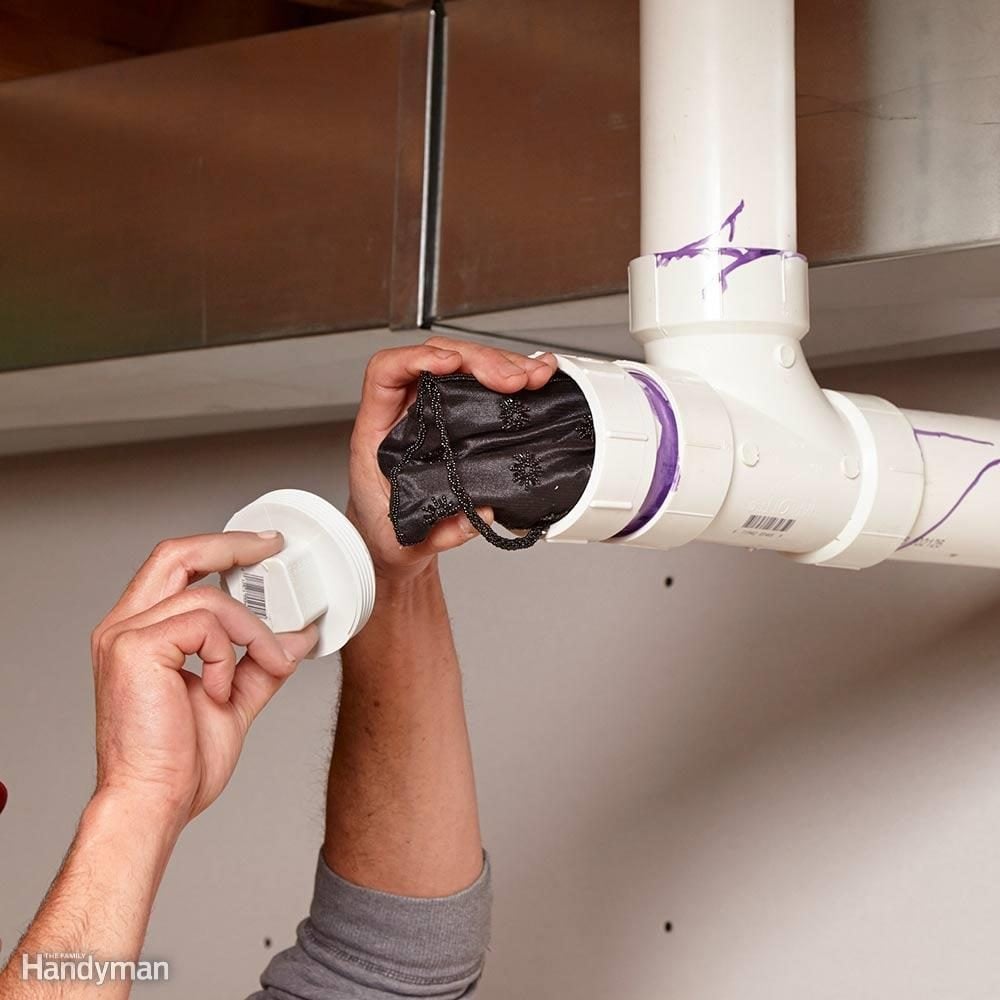Key Winterizing Tips: How to Keep Your Pipes Safe from Bursting in Frigid Temperatures
Key Winterizing Tips: How to Keep Your Pipes Safe from Bursting in Frigid Temperatures
Blog Article
Everyone has got their unique piece of advice with regards to How to Prevent Frozen Pipes.

All property owners who live in warm environments have to do their best to winterize their pipes. Failing to do so can lead to calamity like frozen, broken, or burst pipelines.
Try a Hair Clothes Dryer or Warmth Gun
When your pipes are virtually freezing, your dependable hair clothes dryer or warm weapon is a blessing. If the hot towels do not help displace any type of clearing up ice in your pipes, bowling warm air directly right into them may help. You might finish up harmful your pipes while trying to thaw the ice.
Open Cabinet Doors Hiding Plumbing
It would certainly be useful to open closet doors that are camouflaging your pipes when it's chilly outside. They might be someplace in your cooking area or washroom. This will allow the cozy air from your heating unit to flow there. Therefore, you prevent these exposed pipes from freezing. Doing this small trick can maintain your pipelines cozy as well as restrict the possibly hazardous results of freezing temperatures.
Take Time to Cover Exposed Water Lines
One cool as well as very easy hack to warm up frigid pipes is to wrap them with cozy towels. You can additionally make use of pre-soaked towels in hot water, just don't fail to remember to wear protective handwear covers to secure your hands from the warmth.
Activate the Faucets
When the temperature drops and also it seems as if the frigid temperature will last, it will help to turn on your water both indoors and outdoors. This will certainly maintain the water moving through your plumbing systems. In addition, the movement will certainly reduce the cold procedure. Notably, there's no need to turn it on full blast. You'll wind up throwing away gallons of water by doing this. Instead, go for regarding 5 declines per minute.
Shut Off Water When Pipelines are Frozen
If you see that your pipelines are completely frozen or nearly nearing that phase, transform off the major water shutoff quickly. You will usually locate this in your basement or utility room near the heater or the front wall closest to the street. Turn it off today to stop additional damages.
Do not forget to close exterior water sources, also, such as your hookup for the garden house. Doing this will protect against extra water from filling out your plumbing system. However, with even more water, more ice will certainly pile up, which will at some point cause break pipes. It is best to call an expert plumber for an assessment if you are not sure regarding the state of your pipelines this winter months. Taking this aggressive strategy can conserve you countless dollars out of commission.
All home owners who live in warm environments should do their best to winterize their pipes. Failing to do so can lead to catastrophe like icy, broken, or burst pipelines. If the hot towels do not assist dislodge any type of settling ice in your pipes, bowling hot air straight right into them may assist. Transform off the major water valve immediately if you notice that your pipelines are entirely frozen or virtually nearing that stage. With more water, even more ice will certainly stack up, which will eventually lead to break pipelines.
PREVENT YOUR PIPES FROM FREEZING THIS WINTER
A Leading Cause of Property Damage
When the weather is taking a deep nose dive into the cold dreary days, the risk of your pipes freezing and potentially bursting skyrockets. Unfortunately, during these cold dreary months, burst pipes are the most common denominator for property damage. The pipes that are most at the risk are those that are in areas where it is most cold in your home. For instance, pipes located in interior places such as basements, attics, and your garage. Unfortunately, that doesn’t mean that the pipes running through your cabinets or exterior walls can’t freeze. Good news, however, is that you can do things to help prevent pipes from freezing.
How to Prevent Pipes From Freezing
Once the temperature starts to drop during the winter, you should be taking the proper measures needed to ensure that your pipes stay warm and that there is circulation of water through them. Some steps that experts may recommend could go against your better judgement when it comes to saving water and heat. However, it would go without saying that when expenses are compared, damaged pipes could put a bigger dent in your wallet than a water bill.
What Can I Do?
Keep your garage door closed. This is very important, especially if you have water supply lines running through your garage. Open your kitchen and bathroom cabinets to allow warm air to circulate through them. Allow air circulation throughout your home. Keeping the interior doors open will once again allow the warm air to circulate inside your home. Ensure your thermostat is running the same temperature throughout the night and day. If you plan to be away from home during the cold months, set your temperature no lower than 55° F. This should provide enough heat to keep the pipes warm and prevent any remaining water inside the pipes from freezing. For more of a long-term solution, add insulation to attics, basement, and other crawl spaces around your home. By allowing your faucet to drip, it will alleviate pressure in the system. This is important because the pressure that is created between the blockage and the faucet can potentially cause the pipes to burst. Allowing the faucet to drip will prevent the pressure from building up, therefore keeping the pipes from bursting. Seal any cracks, openings, and crawl spaces around your home to prevent cold air from coming inside. This keeps your pipes-not to mention your home-warmer and less susceptible to issues caused by freezing temperatures. For the pipes in your home that are easily accessible, applying electrical tape to them might prevent them from freezing over. This is a quick fix, as you can apply the tape directly to the pipe. There are two options for heating tapes. One turns on and off by itself when it senses heat is needed. The other type of heating tape needs to be applied when heat is needed and removed when not necessary. If you have exposed pipes in your home, you can check this website to take a look at a few options that would be available at a shop near you.

We had been shown that editorial about How to stop pipes from freezing during the winter through a good friend on another web address. Are you aware of another individual who is truly interested in How to stop pipes from freezing during the winter? Why not promote it. I thank you for reading our article about How to Prevent Frozen Pipes.
Click Here Report this page